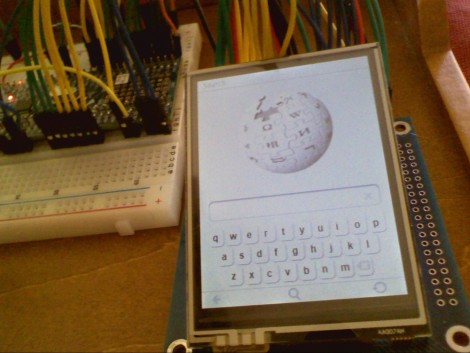
[Jykazu] wanted to use an external lens with his Kodak Zi8 but he didn’t want to alter the camera or glue something onto it. His solution was to build a bracket out of epoxy dough. He first covers the camera in scotch tape to protect the finish, then he kneads the dough to mix the two parts together, using it to form the bracket that you can see above. After curing, the bracket barely sticks to the smooth tape and can be gently removed. A lens cap with a hole drilled in it is glued to this bracket and works like a charm for connecting the lens. Check out his manufacturing method in the videos after the break.
This is a great method for many applications. Last year we saw a product called Sugru which seems to be made for this type of thing but [Jykazu’s] epoxy method is just as impressive.
Continue reading “Building Removable Epoxy Mounting Brackets”
















